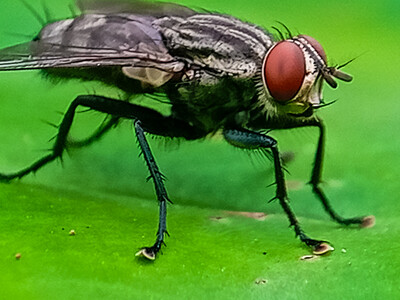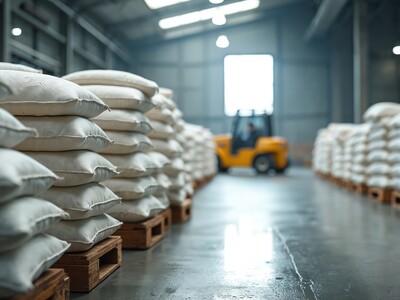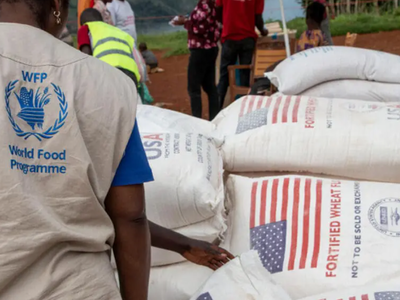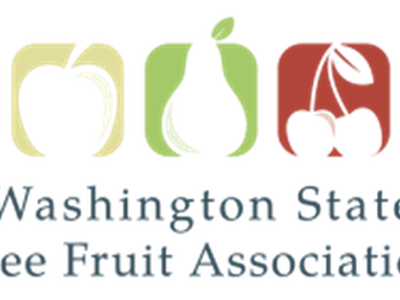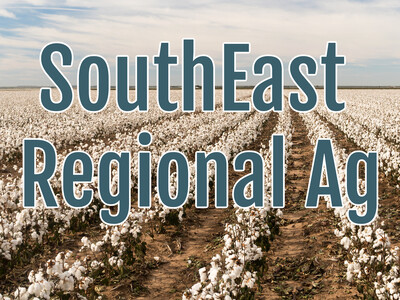Bayer on Bees
Bayer on Bees. I’m Greg Martin with today’s Line On Agriculture.
A recent pair of articles in Science Magazine has caused some ag industry people to issue some corrections. The articles looked at how low-dose pesticides were affecting honey bee and bumble bee populations. Last week a number of of Bayer Crop Science experts responded to the article. Environmental Toxicology and Risk Assessment, David Fischer.
FISCHER: One on honeybees where they gave honey bees an acute dose and monitored the time it takes for the bees to return to the hive from a certain distance away and then did some computer modeling to see what consequences those differences between treatments and controls might have on the fate of the colonies. And the other study was on bumble bees where they said bumble bees have prescribed concentration for 2 weeks in the laboratory then took the colonies out to the field
Fischer talks to the honey bee paper.
FISCHER: In that study they tested the chemical Thiomethoxin which is not a Bayer Crop Science chemical but it’s very similar to another neonicitinoids chemical that Bayer Crop Science does sell called clothianidin and so we know quite a bit about the toxicology and feel we can comment on the paper.The bees were dosed with sucrose solution, a sugar solution that was spiked at approximately 60 parts per billion.
That resulted in a dose of about 1.3 nanograms per bee.
FISCHER: Typically in the field we expect bees to be getting doses closer to .1 nanograms per bee and the typical field exposure levels that we find in nectar on which bees are foraging at field sites where crops had been grown from neonicitinoid treated seeds such as sunflowers or canola. Those concentrations are typically in the 1 to 5 part per billion.
He says that is the main flaw in the study that the bees were exposed to a much higher concentration than they would normally encounter in the wild.
FISCHER: Now having said that it’s really interesting methodology that they apply putting these radio frequency identification tags on individual bees, giving them a dose and seeing how that affects their behavior and their ability to navigate their way back to the hive , how long it takes, what percentage of the bees get back to the hive - that sort of thing. And that’s an interesting new methodology to be used.
More tomorrow.
That’s today’s Line On Agriculture. I’m Greg Martin on the Ag Information Network.





